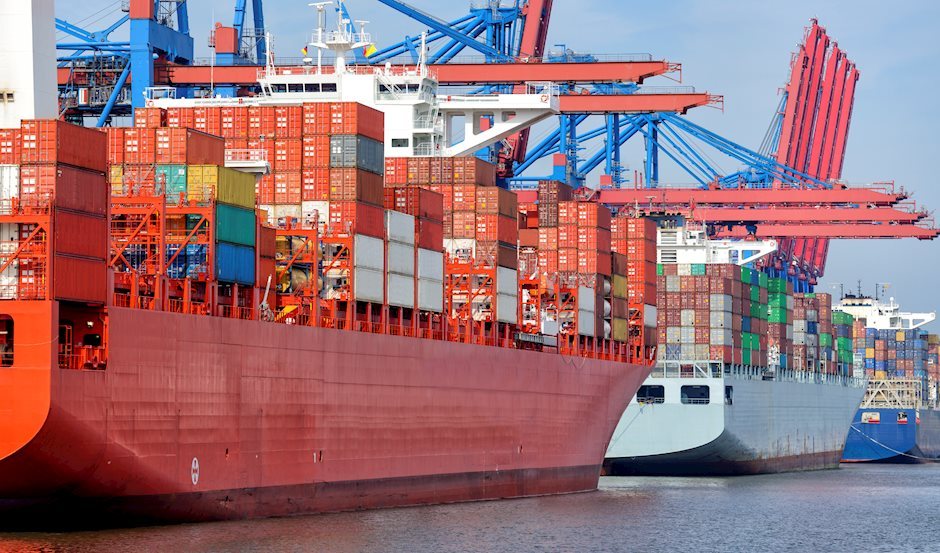World trade takes another beating and heads for worst year since 2009 - ING

Raoul Leering, Head of International Trade Analysis at ING, notes that the global trade in volume terms took another beating in October and is heading for its worst year since the trade collapse in 2009.
Key Quotes
“Due to structural changes and little support from the economic cycle, a turnaround in the short run is unlikely.”
“According to CPB Netherlands Bureau for Policy Analysis world trade in volumes was 1.1% down in October compared to September. The September figure was revised down to -0.5% (initially -0.4%).”
“Global trade is sliding into ever more gloomy territory. Nowadays it not only fails to outpace world GDP growth, it hardly grows at all. During the first ten months of 2016 the monthly average trade flow is only 0.8% higher than last year.”
“The stagnation of trade is largely due to emerging markets (-1% thus far compared to last year). The most negative contribution comes from the Middle East, Latin America and Africa. But the stagnation of imports in emerging Asia plays a large role as well. In 2013, this region accounted for 75% of the increase in global trade, but this year and last year emerging Asia has shown hardly any import demand growth.”
“China is largely responsible for the import slump in emerging Asia. The rebalancing of its economy towards consumption instead of export results in less imports of intermediates, reinforced by the government policy to stimulate the use of domestic suppliers.”
“Not only structural developments in China suppress trade growth. Protectionism and the slowdown of the expansion of global value chains are other factors. Since these developments will not fade overnight, there is little hope for a trade revival in 2017. Since we expect world GDP growth to accelerate only modestly next year (from 2.4% to to 2.9%), the economic cycle will not cause a turnaround in trade growth either.”
Author

Sandeep Kanihama
FXStreet Contributor
Sandeep Kanihama is an FX Editor and Analyst with FXstreet having principally focus area on Asia and European markets with commodity, currency and equities coverage. He is stationed in the Indian capital city of Delhi.

















